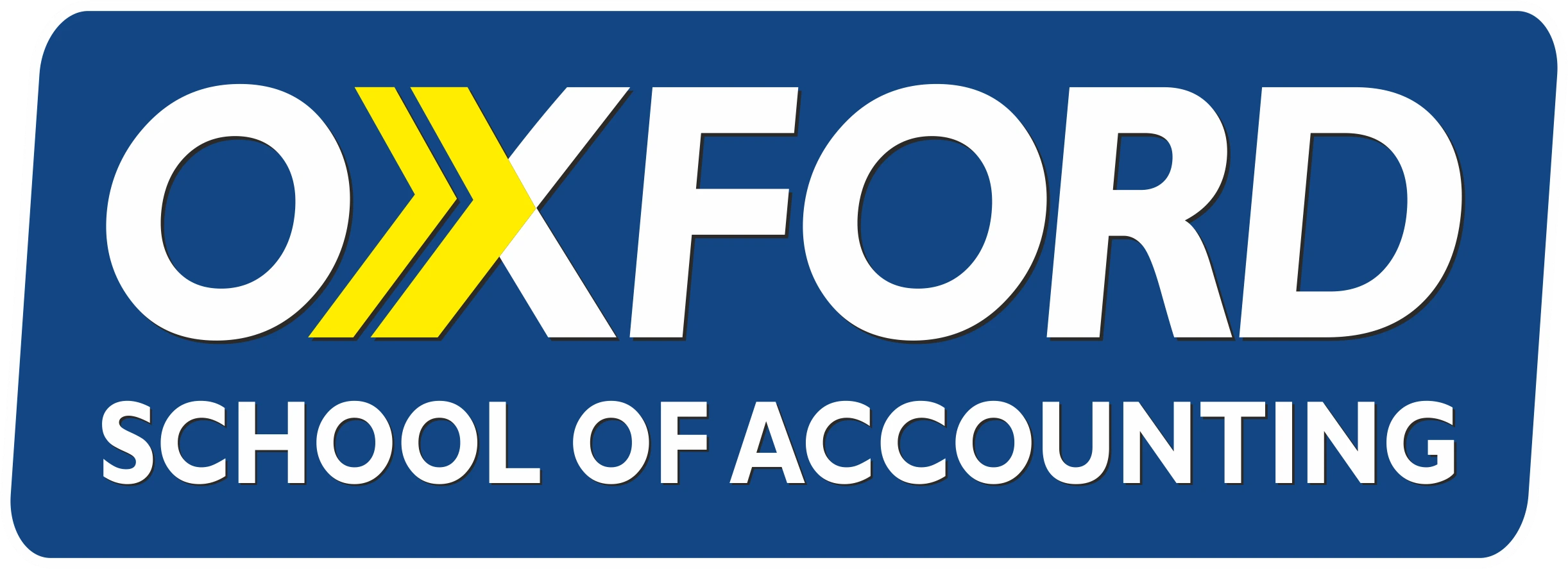Basic Accounting Terms
In business, various accounting terms are used. It is
necessary to understand these terms as they are part of the standard
accounting terminology. In order to understand the subject matter
clearly, one must grasp the following common expressions always
used in business accounting. The aim here is to enable the student to
understand with these often used concepts before we embark on
accounting procedures and rules.
Assets
Assets are the properties owned by an enterprise. They are the economic resources of the business. In other words, anything which will enable the firm to get economic benefit in the future, is an asset. Examples of assets are land, building, machinery, furniture, stock, debtors, cash and bank balances.
Fixed Assets:
are assets held on a long-term basis, such as land, buildings, machinery, plant, furniture and fixtures. These assets are used for doing business and not for re-sale in normal course of operation.
Current Assets:
Current Assests are those assets which are held for short time for converting into cash or for resale. Example. Cash in hand. Cash at Bank.
Intangible Assets:
Intangible Assets are those assets which do not have physical existence, i.e., they cannot be seen and touched. Examples of intangible assets are patents, goodwill, trademarks, etc
Fictitious Assets:
Fictitious Assets are those assets which are neither tangible assets nor intangible assets. They are losses not written off in the year in which they are incurred but in more than one accounting period. Example of fictitious asset is Deferred Revenue Expenditure such as Advertisement Expenditure.
Liabilities:
Liabilities mean amount payable by the business. Liability towards the owner of the business is termed as internal liability. On the other hand, liability towards the outsiders is termed as external liability.
Non-current Liability:
Non-current Liability is that liability which is payable after a period of one year. Examples of Non-current Liability are long-term loans, debentures, etc
Current Liability:
Current Liability is that liability which is payable within a period of one year. Examples of Current Liability are creditors, bills payable, short-term loans, etc.
Capital :
Capital is the amount invested in an enterprise by the proprietor or by partners . It may be in the form of money or assets having a monetary value.
Drawings:
It is the amount withdrawn or the value of goods which the proprietor takes for his personal use.
Revenue Receipts:
It is the amount received or receivable in the normal course of business say against sale of goods or rendering of services.
Capital Receipts:
It is the amount received or receivable against transactions which are not revenue in nature. For example, amount received or receivable from sale of machinery, building, furniture, investment, loan taken, etc.
Revenue Expenditure:
Revenue Expenditure is the expenditure incurred, the benefit of which is consumed within the accounting period. For examples salaries, rent, electricity expenses, etc.
Capital Expenditure:
It is an expenditure incurred to acquire assets or improving the existing assets which will increase the earning capacity of the business. Capital Expenditure is shown on the assets side of the Balance Sheet.
Purchases:
The term ‘Purchases’ is used for an account to record purchases of goods or raw materials for resale or for producing products which are also to be sold.
Purchases Return:
Goods purchased may be returned to the seller for any reason, say, they are defective. Goods so returned are known as Purchases Return or Returns Outward.
Sales:
The term ‘Sales’ is associated with or used for sale of goods. The term ‘Sales’ includes both cash and credit sales. When goods are sold for cash, they are termed as Cash Sales and when sold on credit, they are termed as Credit Sales.
Sales Return:
Goods sold when returned by the purchaser are termed as Sales Return or Returns Inward.
Goods:
Articles bought for resale and usually traded by the business unit are called goods. For an enterprise dealing in home appliances such as TV, Fridge, AC, etc., are goods and for a Stationer, Stationery is goods.
Stock/ Inventory:
Stock (Inventory) is a tangible asset held by an enterprise for the purpose of sale in the ordinary course of business or for the purpose of using it in the production of goods meant for sale. Stock (Inventory) may be: (i) Opening Stock (Inventory) or (ii) Closing Stock (Inventory).
Debtors :
When Goods sold to a person on credit that person is called a Debtor because he owes that much amount to the enterprise.
Creditor:
Creditor is a person to whom an enterprise owes money against credit purchases of goods and or services taken. For example, Mohan is a creditor of a firm when goods are purchased from him on credit.
Proprietor:
The person who makes the investment and bears all the risks associated with the business is called proprietor.
Discount :
Any type of reduction in the prices of goods or services that is called discount. Discount are of two type: trade discount and cash discount.
Trade Discount :
Trade discount is allowed by a wholesaler or manufacturer to a retailer or customer when he purchase certain quantity or amount of goods.
Cash Discount :
Cash discount is allowed to a customer to motivate him for making an early payment of the due amount.
Bad Debts:
Bad Debt is the amount owed to the business that is written off because it has become irrecoverable. It is a loss for the business .
Depreciation:
Depreciation is a fall in the value of an asset because of usage or obsolescence or accident. It is an allocation of cost of fixed asset in each accounting year during its estimated useful life.
Voucher :
A voucher is a primary document that contains the details of account transactions. The transactions are recorded in vouchers and they affect the profit and loss account and balance sheet.
Balance Sheet :
The balance sheet may be defined as “A statement which sets out the assets and liabilities of a firm or an institution as on a certain date.” In the words Balance Sheet is a screen picture of the financial position of a going business at a certain moment.”

